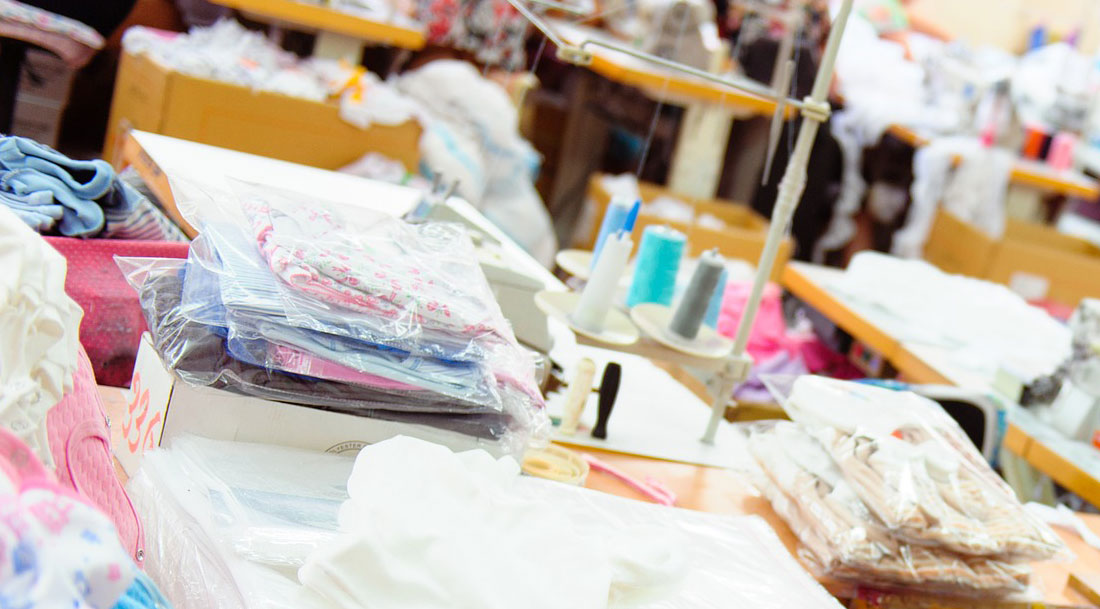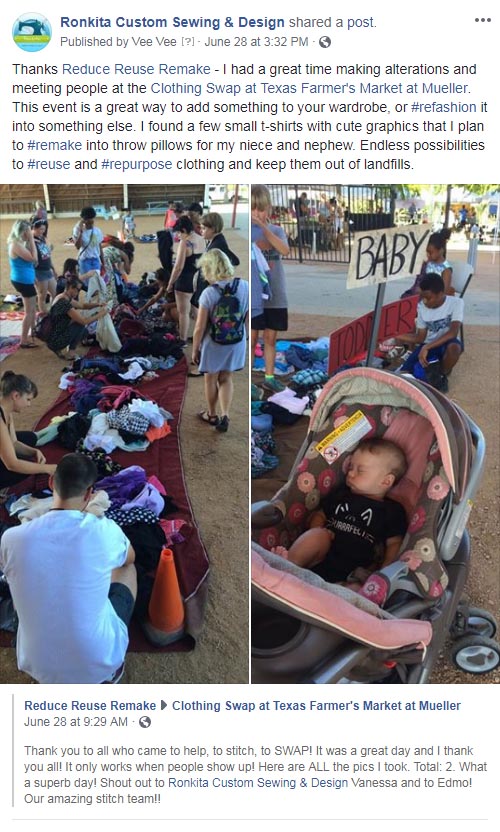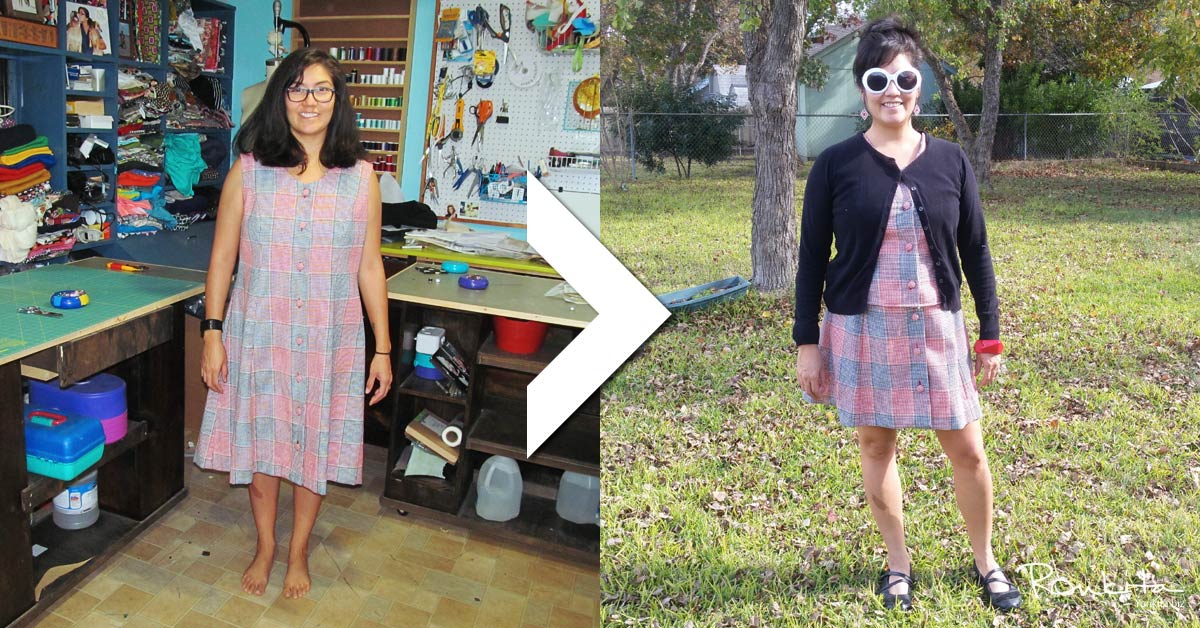Even though I don’t perform clothing alterations as often, this is a question I get asked a lot by clients who have taken their clothes to others to be tailored. I think it’s helpful to explain what goes into altering clothes so you have an understanding next time you need it done.
I’ve also included some tips on what to look for when shopping for clothes.
Based on the materials and how the garment was constructed, altering clothes can sometimes be more difficult than sewing new clothes. New clothes start with freshly measured and cut pieces, and are assembled in a pre-defined, efficient order. Altering clothes takes time to review the construction, take apart a section of the garment (or sometimes the entire garment), make the alteration, then reassemble it correctly for the right fit. This should also be done without damaging the fabric and look seamless.
This requires the time of an experienced craftsperson, with knowledge of an array of fabrics and techniques, to effectively alter a diverse range of garments. Investing in well-made clothes to start with can make the process of altering easier and worth the expense. Unfortunately, the value we place on clothing, sewn goods, and the craft of sewing in general, has fallen to a point where it may not seem worth it to have clothes altered.
Most clothes bought off the rack aren’t intended to be altered. If you do have a garment you like and want it altered, but it was poorly made, modifications could be more difficult or even impossible. If it was an inexpensive garment, paying someone to alter it may not seem like a good value. Why pay $50 to alter a dress that cost $75 brand new?
The answer – you’re paying for the tailor’s time and skill, plus materials, meetings and fittings, regardless of what you originally paid for the garment. In order to provide the service, they still need to be adequately compensated.
The trend of low-cost clothing has created a perception that fees for alterations are out of line because they’re not coming down to match the low value placed on the clothes. So I don’t think it’s alterations that are expensive, it’s just that we’ve come to expect all aspects of our clothing to be much cheaper, and match what we paid for them new.
Fast Fashion
Beneath this low-cost trend is a huge problem of fashion waste that negatively impacts the environment across the world. Clothes are more often thrown away because they don’t last long and it’s cheaper to replace them with new ones.

If you want to learn more, see this post on issues with fast fashion.
Refashion, Reuse, Upcycle
This isn’t going to change overnight, if at all, and I don’t expect everyone to revert back to having all their clothes custom made for them. But that doesn’t mean the value of having clothes altered is completely lost.
Upcycling and refashioning are ways to alter clothes to get more life out of them or changed into something completely unique. Items you may have thrown in the trash are instead personalized just for you and have new value because they can’t be found anywhere else.
I frequently work with clients on refashioning garments and repurposing other items. I also recently participated at the Clothing Swap, hosted by Reduce Reuse Remake, where people can contribute to or explore piles of sorted clothing to get something new. I was on-site to alter and restyle clothes that people brought or found in the donated piles of clothes. It was really fun to design on the spot with whatever was on hand to create something entirely unique.

Tips
When you’re shopping for clothes, here are a few things to look for that can help you determine the overall quality. Remember, price is not an indicator of quality. Just because it’s expensive doesn’t mean it’s made well or with good quality fabric.
- Does the fabric feel thin, rough, or brittle? Higher fiber content can sometimes indicate higher quality fabric that will last longer.
- Hold the garment up to the light. This will give you a sense of the weight and density of the weave. The tighter the weave, the better.
- Check the outside AND inside of the seams. The stitches should be tight, evenly spaced, and lie flat.
- Make sure buttonholes are sturdy and not fraying.
- Expect to pay more for quality clothing that will last.
I also encourage people to shop at thrift stores to find unique treasures that can sometimes be tailored. Here are examples of pieces transformed into new garments:
Here are a few tips when looking at clothes you may need altered:
- If it’s too large, there’s a better chance it can be taken in. If it’s too small, a different approach may be needed to expand it, like adding other fabrics if there’s not enough to take out in the garment.
- Lined garments are more difficult and time consuming to alter.
- Chiffon, lace, delicate fabrics, and beaded clothing cost more to alter because they require more time and care to sew.
- Men’s jackets are also expensive because of their complicated construction.



We are very short of top notch tailors in Maidenhead, Berks, England!
As a qualified sewing person I am looking for a sewing establishment that I can
join forces with.
But you are in America !
Thanks for a really good read and more inspiration towards upcycling movement !!
Well done
Kind regards
Cynthia Payman Mrs –